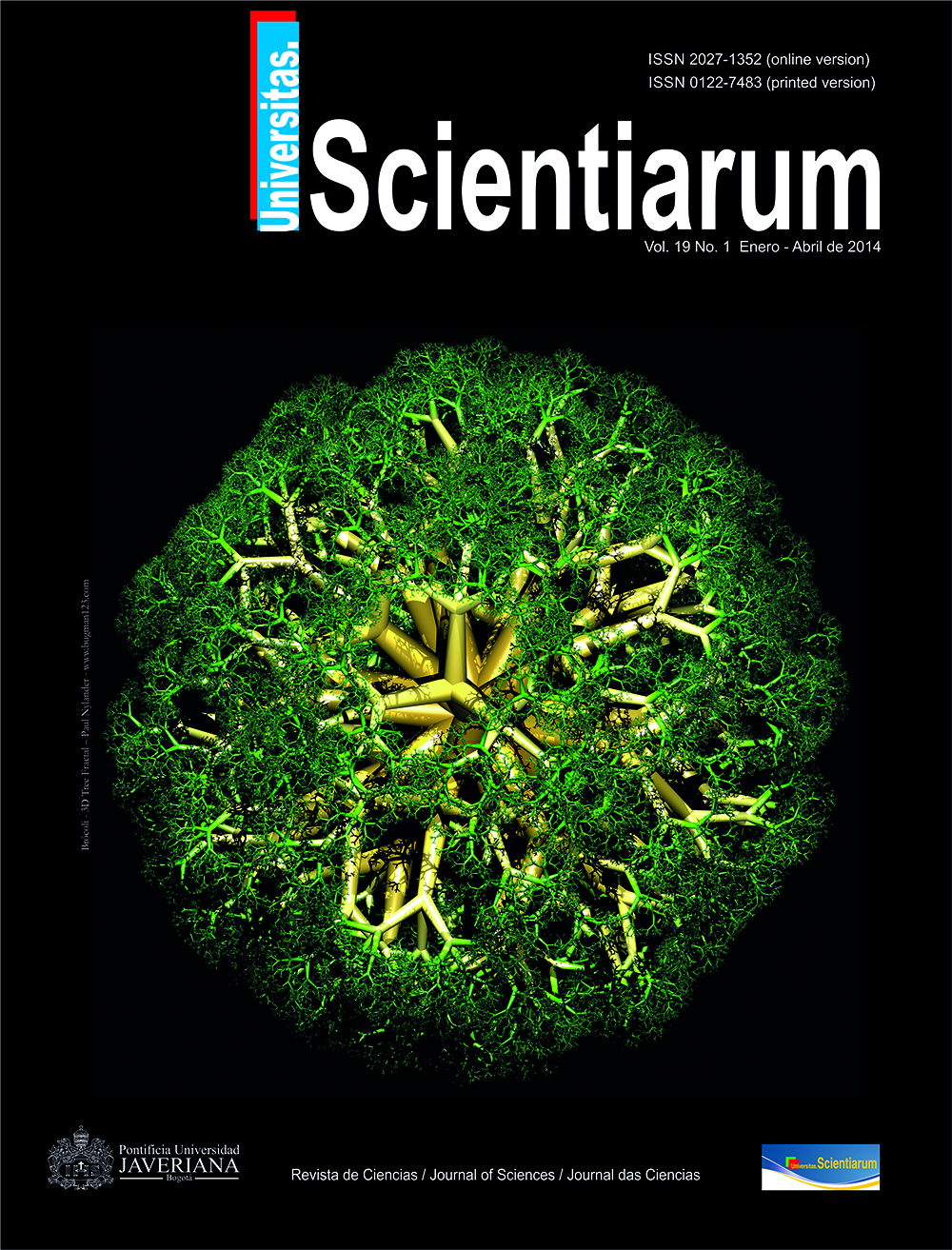Abstract
A full-relativistic approach is used to compute the radius of the innermost stable circular orbit (ISCO), the Keplerian, frame-dragging, precession and oscillation frequencies of the radial and vertical motions of neutral test particles orbiting the equatorial plane of a magnetized neutron star. The space-time around the star is modelled by the six parametric solution derived by Pachón et al. (2012). It is shown that the inclusion of an intense magnetic field, such as the one of a neutron star, have non-negligible effects on the above physical quantities, and therefore, its inclusion is necessary in order to obtain a more accurate and realistic description of physical processes, such as the dynamics of accretion disks, occurring in the neighbourhood of this kind of objects. The results discussed here also suggest that the consideration of strong magnetic fields may introduce non-negligible corrections in, e.g., the relativistic precession model and therefore on the predictions made on the mass of neutron stars.
Univ. Sci. is registered under a Creative Commons Attribution 4.0 International Public License. Thus, this work may be reproduced, distributed, and publicly shared in digital format, as long as the names of the authors and Pontificia Universidad Javeriana are acknowledged. Others are allowed to quote, adapt, transform, auto-archive, republish, and create based on this material, for any purpose (even commercial ones), provided the authorship is duly acknowledged, a link to the original work is provided, and it is specified if changes have been made. Pontificia Universidad Javeriana does not hold the rights of published works and the authors are solely responsible for the contents of their works; they keep the moral, intellectual, privacy, and publicity rights. Approving the intervention of the work (review, copy-editing, translation, layout) and the following outreach, are granted through an use license and not through an assignment of rights. This means the journal and Pontificia Universidad Javeriana cannot be held responsible for any ethical malpractice by the authors. As a consequence of the protection granted by the use license, the journal is not required to publish recantations or modify information already published, unless the errata stems from the editorial management process. Publishing contents in this journal does not generate royalties for contributors.



